Content

Wastewater Treatment System by the Sea: Notes and Procedures
Update: 03/11/2023
Share:




What is the purpose of coastal wastewater treatment systems?
- The system helps remove compounds, pollutants, and disease-causing microorganisms from wastewater before it is discharged into the sea, reducing the risk of marine environmental pollution.
- Treating water before discharging it into the sea ensures that the seawater does not contain harmful substances or pathogens, reducing negative impacts on humans, especially during activities like swimming, fishing, and other water-related interactions.
- Reduces the risk of dead zones, coral reef degradation, etc., contributing to the protection of marine biodiversity and the natural resilience of the oceans.
- Maintains the quality of seawater, increases dissolved oxygen levels, and reduces marine pollution.
- Treating wastewater for coastal restaurants and hotels helps comply with environmental regulations, build credibility for businesses and local tourism industry, and provide a legal basis for development and attracting investment and tourists.
Considerations when building a coastal island wastewater treatment plant
Choosing the appropriate system
There are many types of systems available, each suitable for different water sources with unique characteristics and varying scales. Therefore, thorough research on the composition of wastewater, discharge flow rates, treatment needs, and regulations is necessary to choose the most suitable treatment system.
.webp)
There are various wastewater treatment systems such as biological treatment systems, membrane treatment systems, chemical treatment systems, and combinations of these methods to achieve the highest efficiency.
Selecting the installation location
The installation location should meet the following criteria:
- Convenient for collecting wastewater from various sources into the system.
- Convenient for discharging treated wastewater after the treatment process is completed.
- Located away from residential areas.
- Does not negatively impact the marine environment and other activities in the area.
Flexible operation mode
A treatment system should be designed to operate effectively under different environmental and climatic conditions, such as high sea waves, strong currents, etc.
Additionally, a coastal wastewater treatment system should meet expansion requirements if the treatment needs increase.
Modern technology
Prioritize the use of modern technology to achieve efficient treatment, reduce treatment time, save operating costs, and improve wastewater quality.

Ensure that the system does not have negative impacts on the marine ecosystem. The treated water must meet environmental standards.
Coastal Wastewater Treatment System Process
Collection System
All wastewater sources are directed through pipes into the system. Trash screens and filters are installed at the beginning of each pipe to remove large waste items such as paper, plastic bags, spoiled vegetables, tree roots, etc.
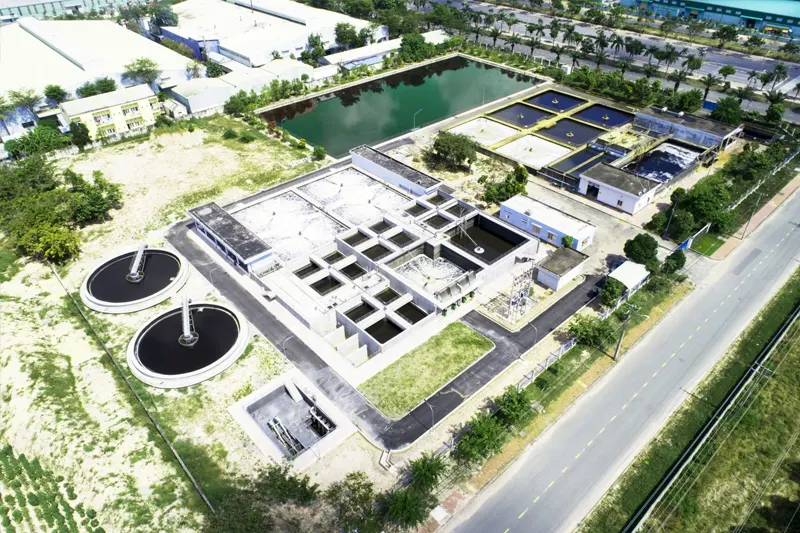
Using trash screens helps reduce coarse waste, minimizing the risk of system blockages and reducing pressure on downstream treatment facilities.
Oil Separation Tank
The oil separation tank's main function is to remove grease from the water. Grease easily adheres to water pipes, pumps, and other treatment equipment in the system. Failure to treat grease can lead to equipment damage.
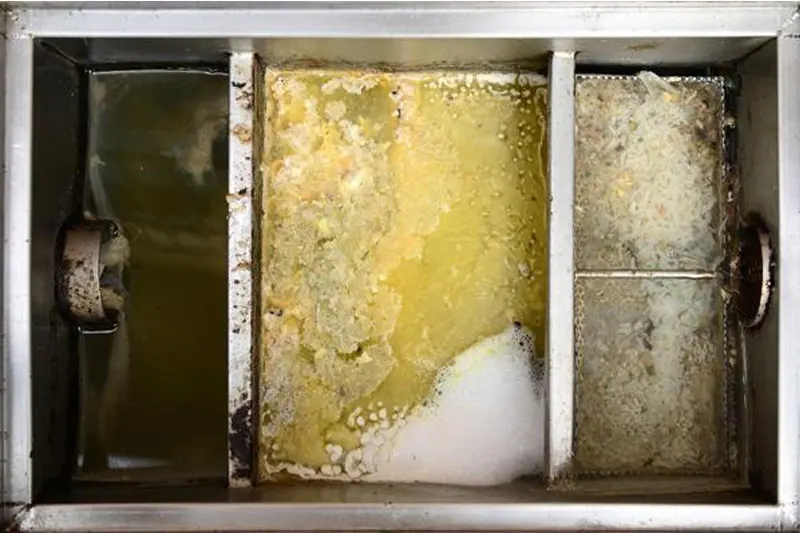
Here, light grease will float to the top. Therefore, using a grease trap can separate grease from water.
Equalization Tank
An equalization tank is an essential structure in treatment systems. The tank regulates the flow rate and wastewater concentration.
.webp)
- Aeration devices are usually installed at the beginning and end of the equalization tank to reduce the risk of gas accumulation and minimize odor generation.
- In the equalization tank, 10% of COD and 10% of BOD can be removed.
- Wastewater is stored in the equalization tank for 30 - 60 minutes before being transferred to the Anoxic tank through an automatic water pump system.
Anoxic Tank
The Anoxic tank contains anaerobic microorganisms like Nitrosomonas and Nitrobacter. Here, nitrate and phosphate reduction processes occur, effectively removing N and P from wastewater.
Aerotank
The Aerotank, also known as a biological aerated filter tank, uses aerobic microorganisms to break down organic matter into water and simple, non-toxic substances like H2O, NO3-, SO42-, etc.
An aeration system is installed in the Aerotank to provide oxygen for aerobic microorganisms to grow and thrive.
Sedimentation Tank
Water from the Aerotank flows into the sedimentation tank. Here, sludge produced from the aerobic decomposition process settles at the bottom of the tank. The clear water on top is then transferred to the disinfection tank.
There are two methods to handle settled sludge: Recirculate a portion of the sludge back to the Anoxic tank. The remaining sludge is sent to a sludge holding tank for periodic collection and treatment.
Disinfection
Disinfection is necessary to remove bacteria and pathogens before discharging into the sea. Chlorine is typically added to the disinfection tank in specific proportions to achieve the best disinfection results. The treated water meets wastewater discharge standards.
Above is the expert advice on coastal wastewater treatment systems. We hope the information provided has helped you understand this issue better and choose a method that is efficient, cost-effective, and ensures quality, contributing to reducing the risk of marine environmental pollution. If you have any further questions, please contact us for advice and support from our experts.
Update: 03/11/2023
Share:




Related news
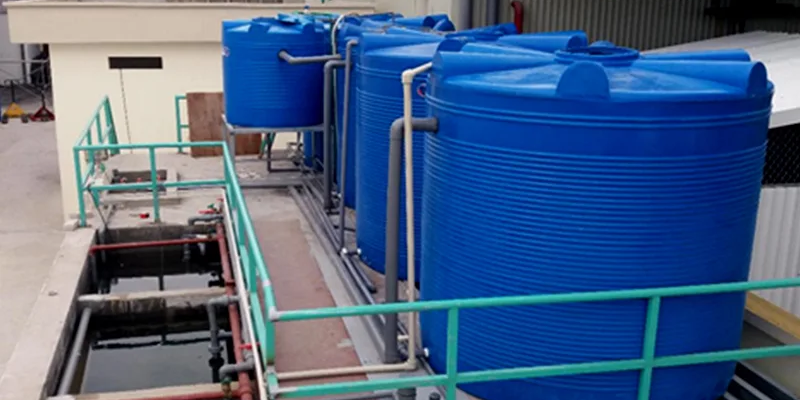
Effective Pharmaceutical Wastewater Treatment Solutions from Toan A JSC
Created at: 04/09/2024

Optimal Solution for Medical Wastewater Treatment from Toan A JSC
Created at: 04/09/2024
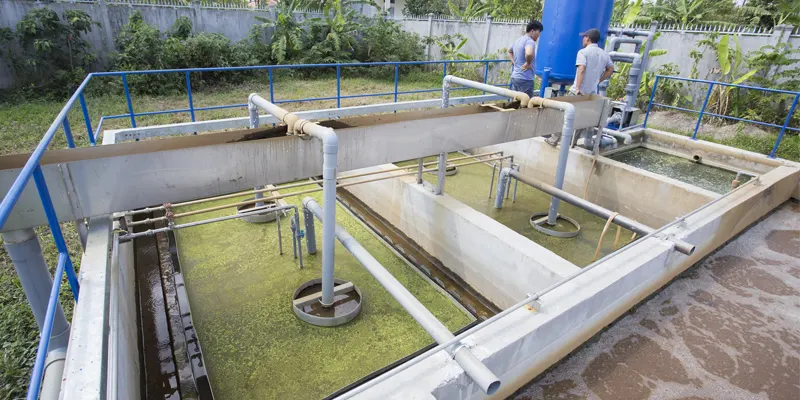
Advanced domestic wastewater treatment technology by Toan A JSC
Domestic wastewater is one of the largest sources of pollution to the environment if not treated properly. In Vietnam, besides individual households, urban areas, apartment buildings, restaurants, hotels, and service establishments are required to comply with the treatment of domestic wastewater according to the QCVN 14:2008 standard set by the Ministry of Natural Resources and Environment to ensure environmental safety and human health. Currently, there are many methods for treating domestic wastewater, each with its own characteristics and specific applications, suitable for different types of wastewater and specific requirements. Let's explore this issue further with Toan A JSC in the following article!
Created at: 14/08/2024






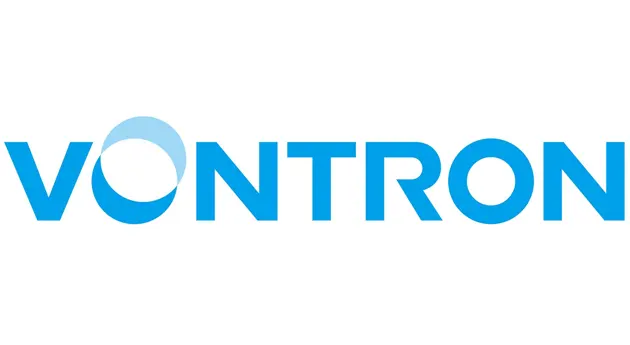
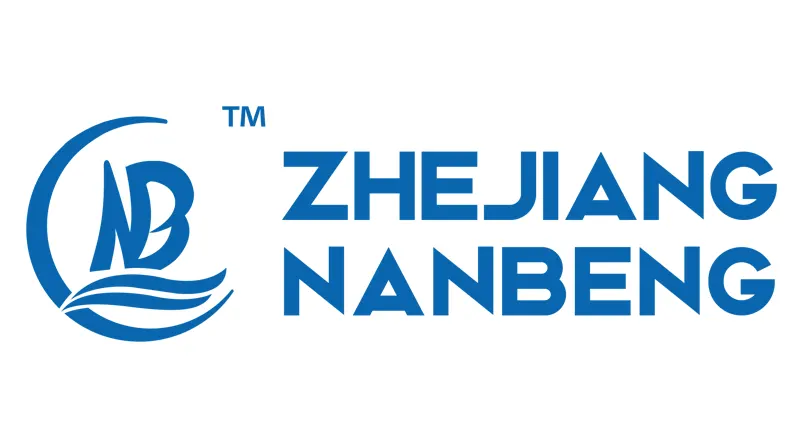


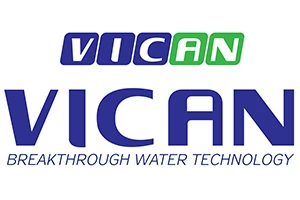






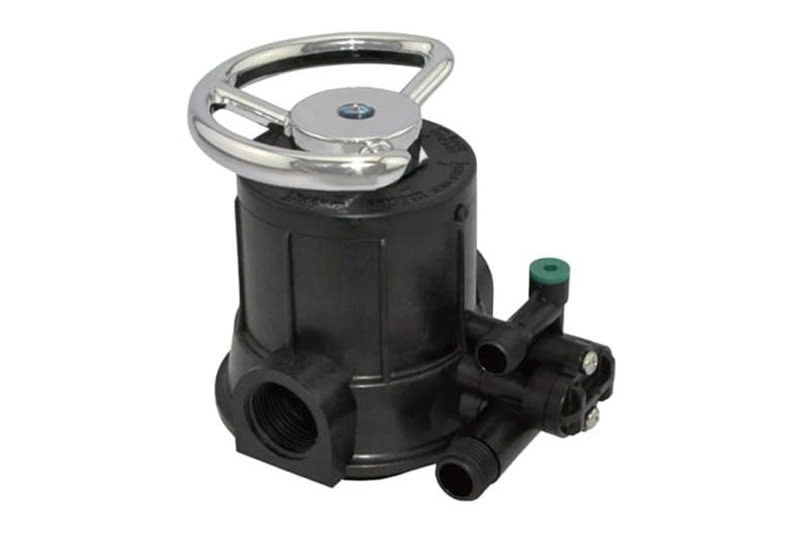
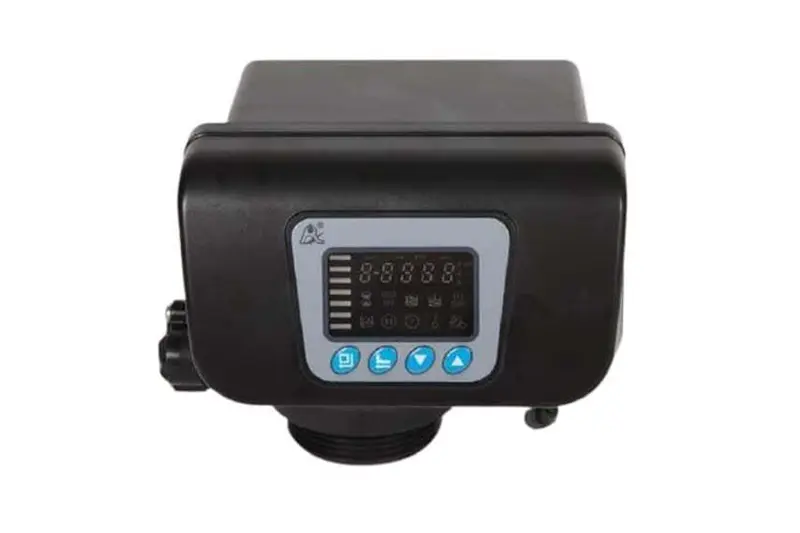




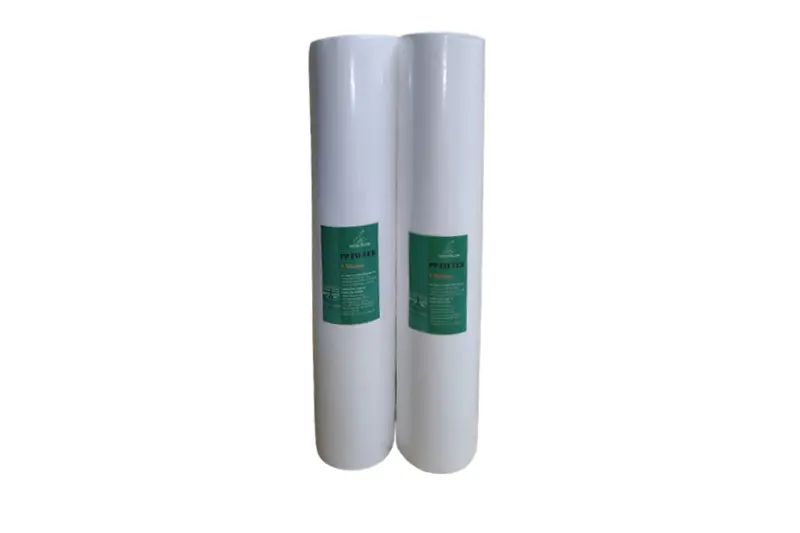



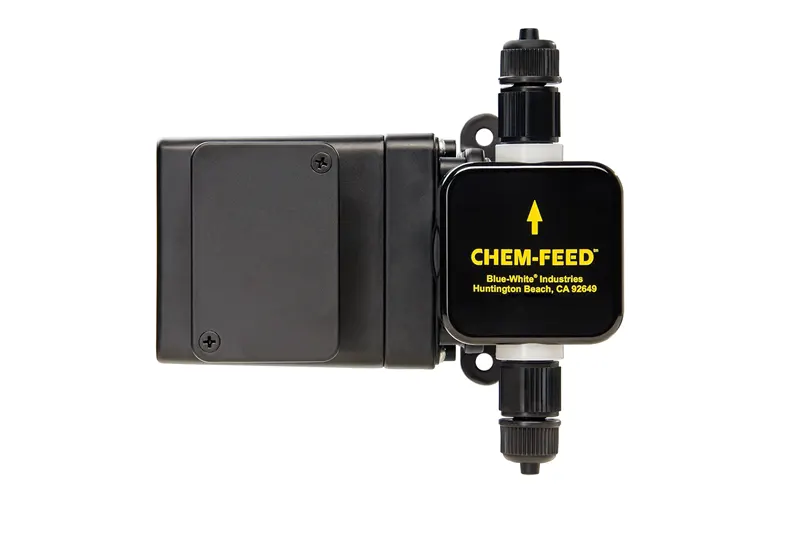
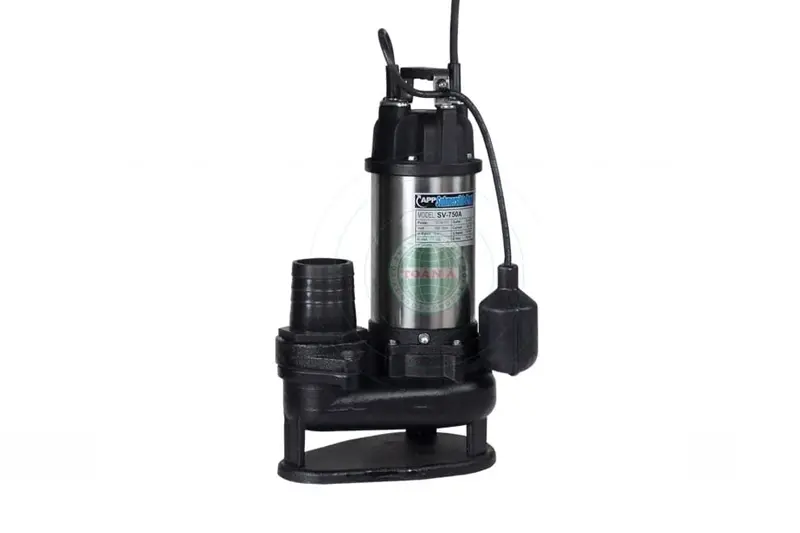



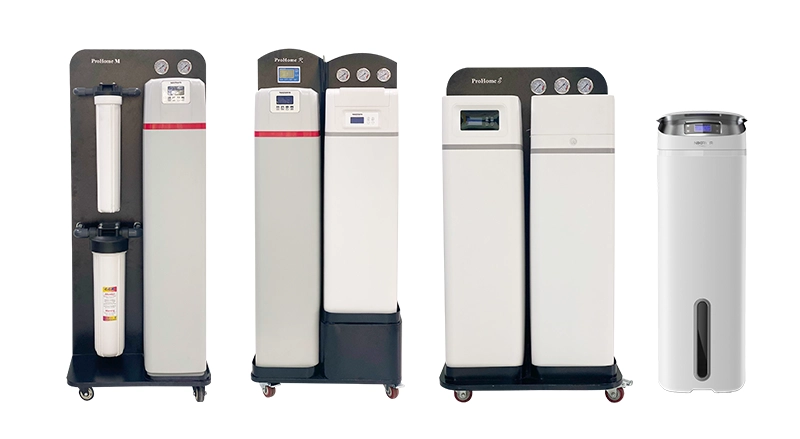
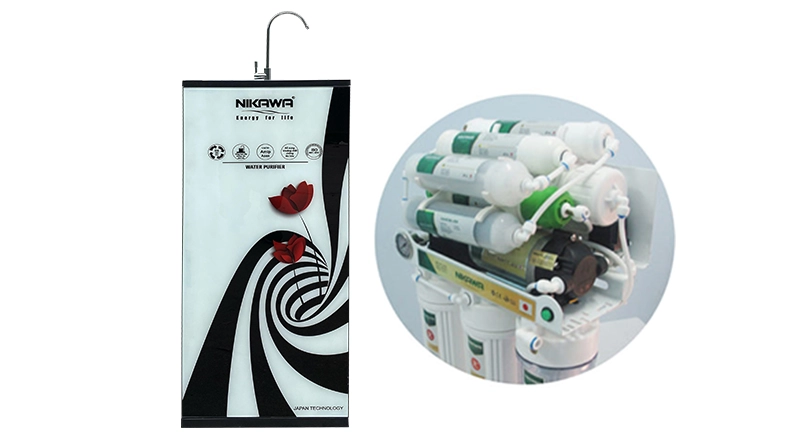
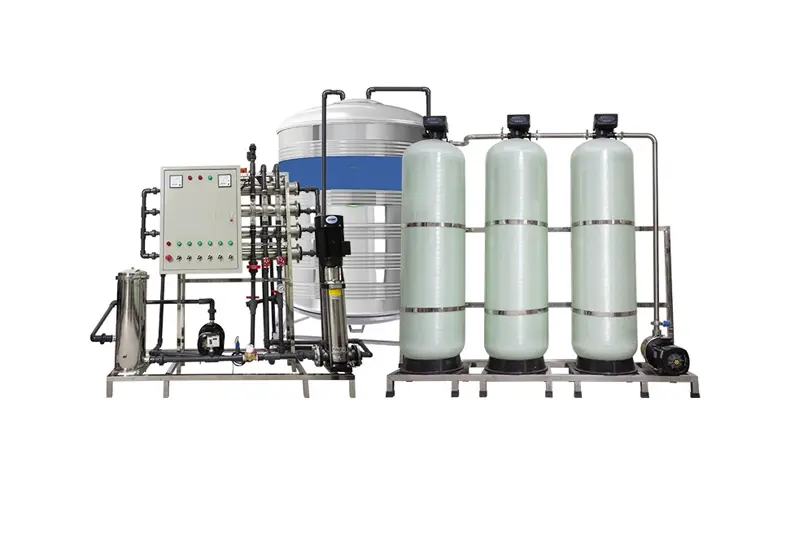
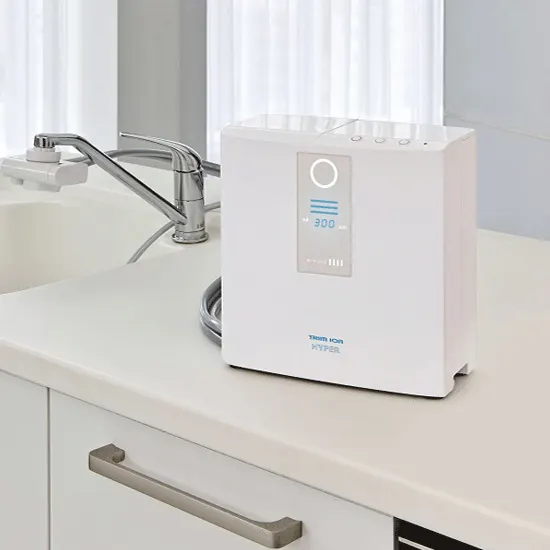
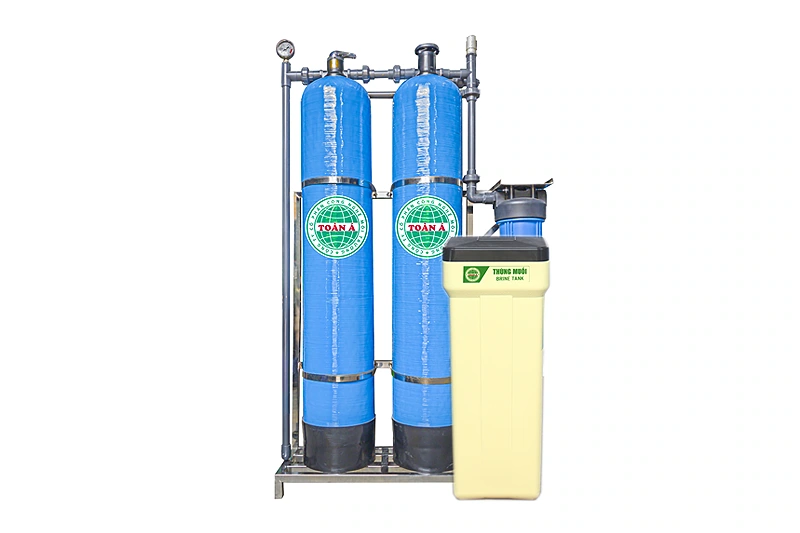


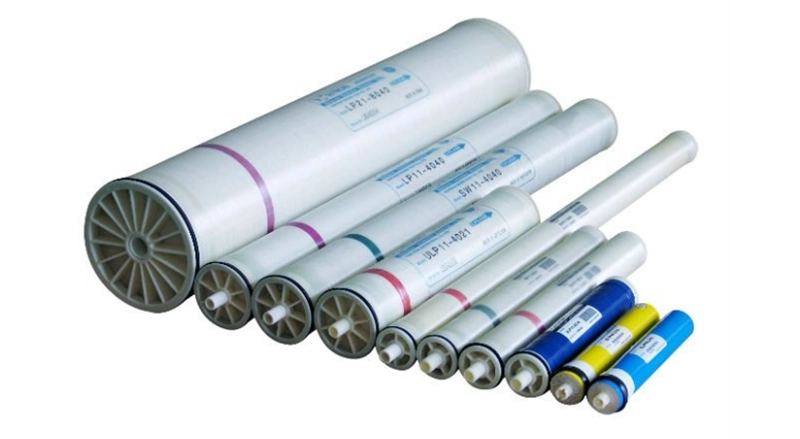
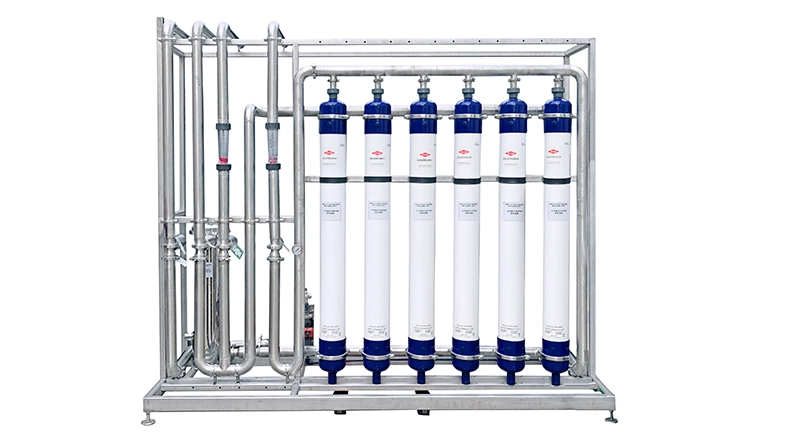


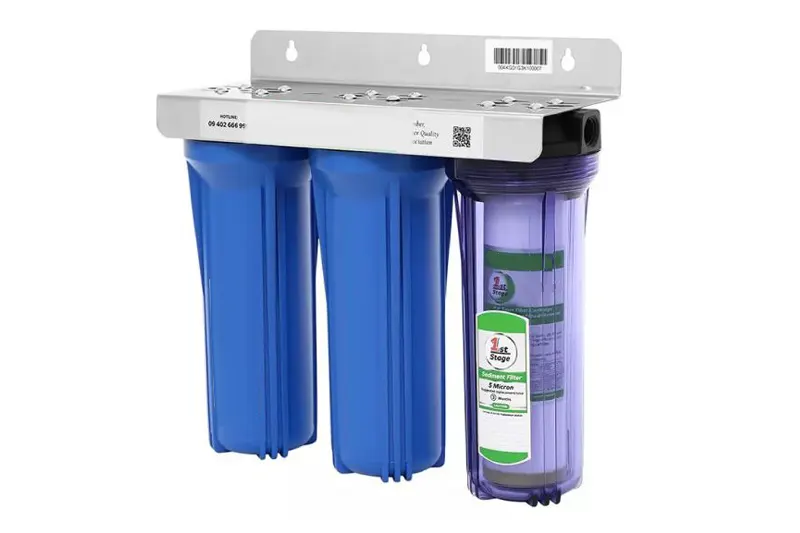

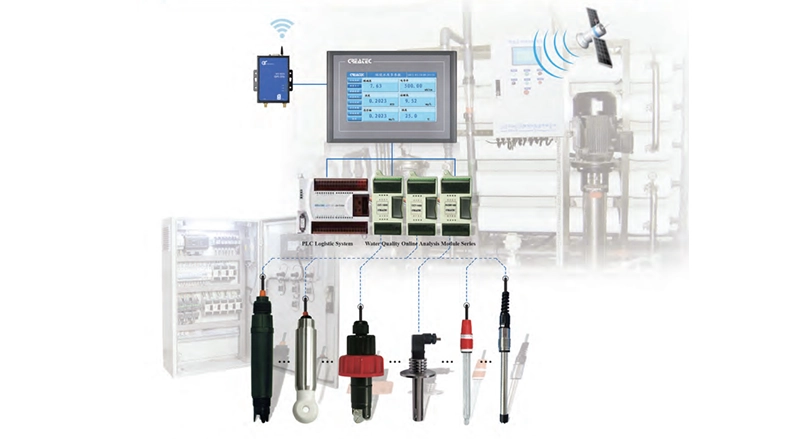
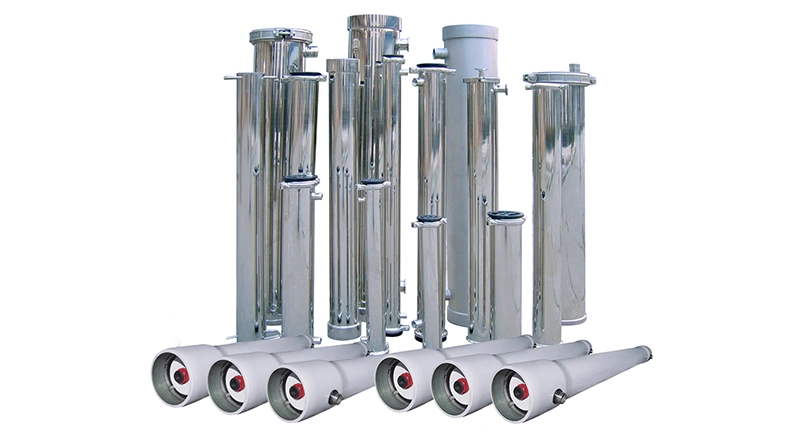
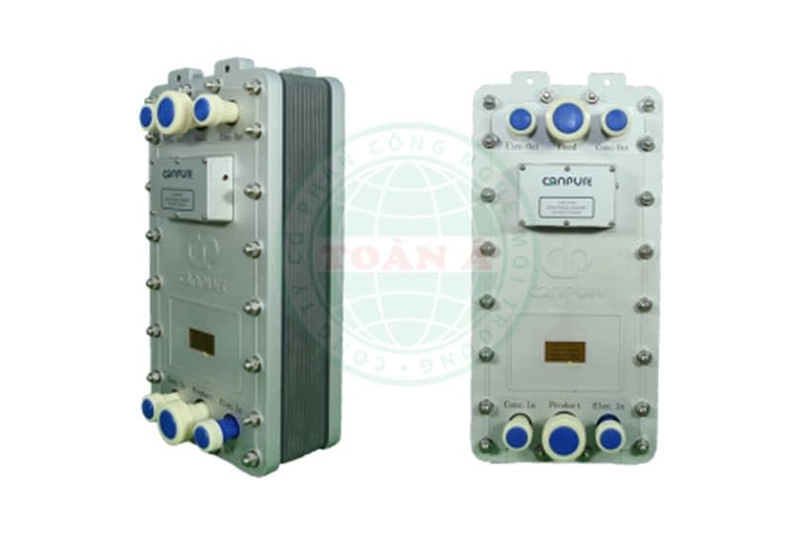
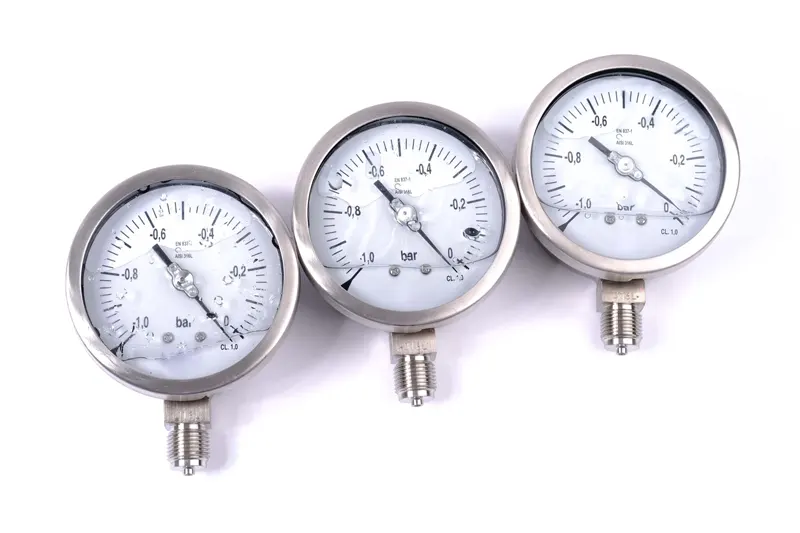
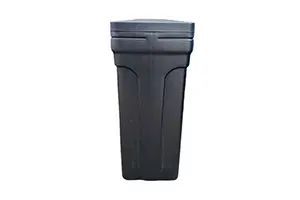


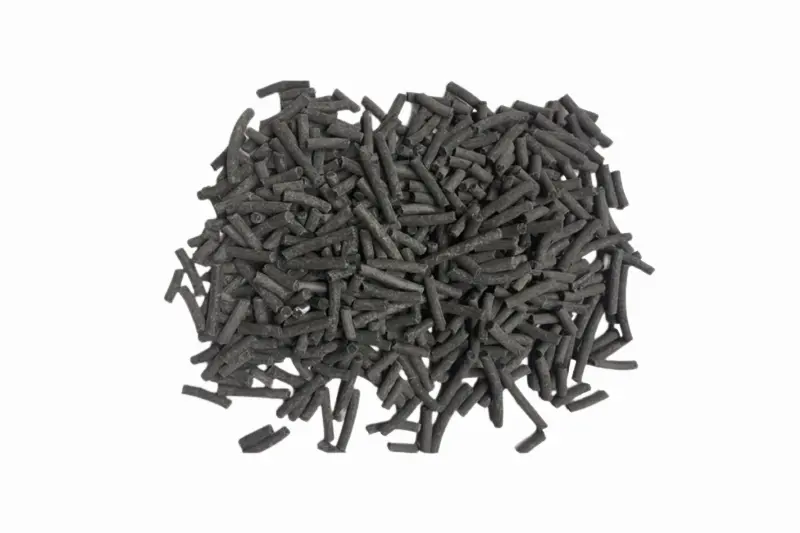
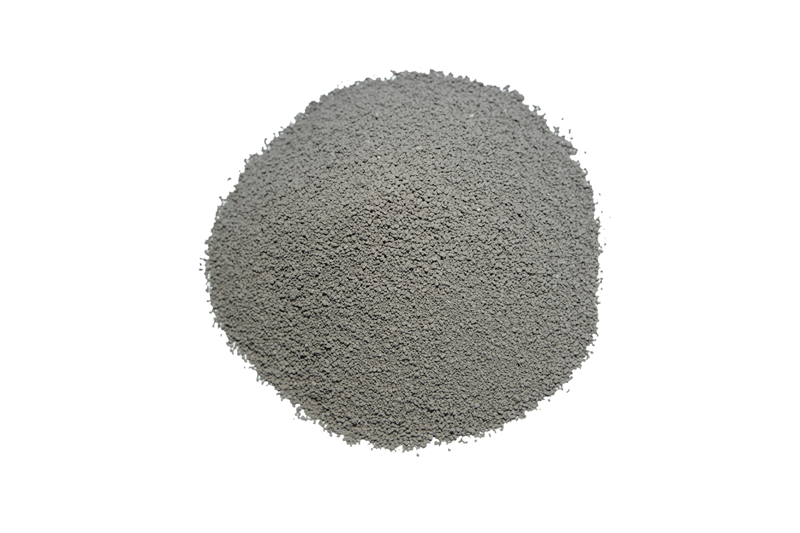
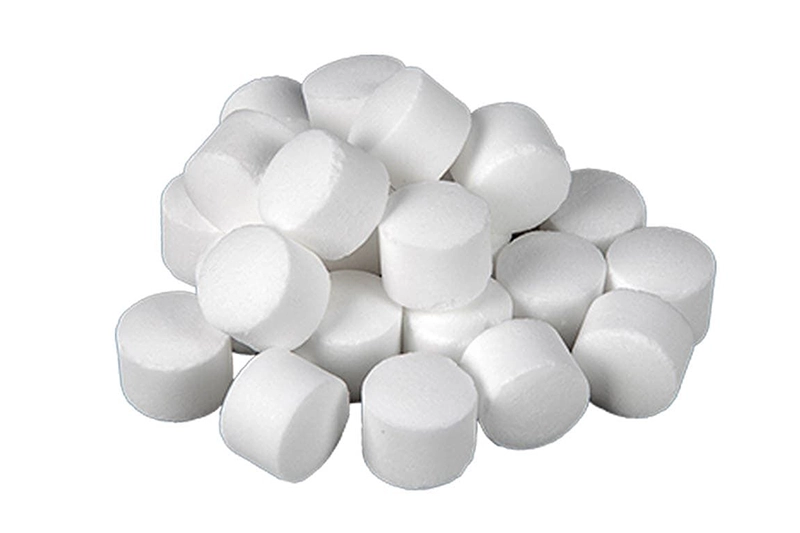
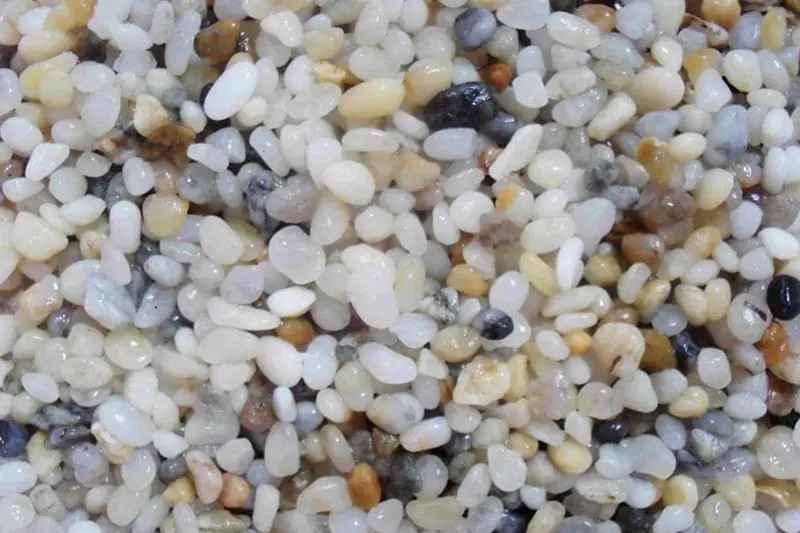
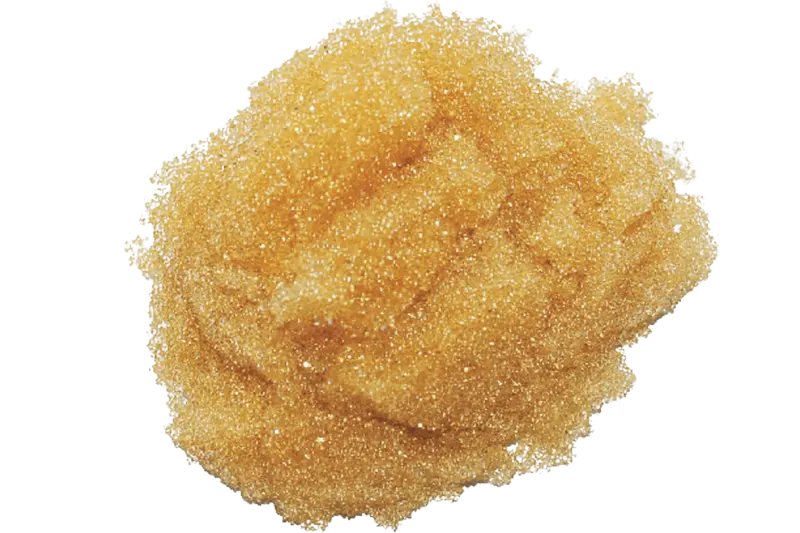





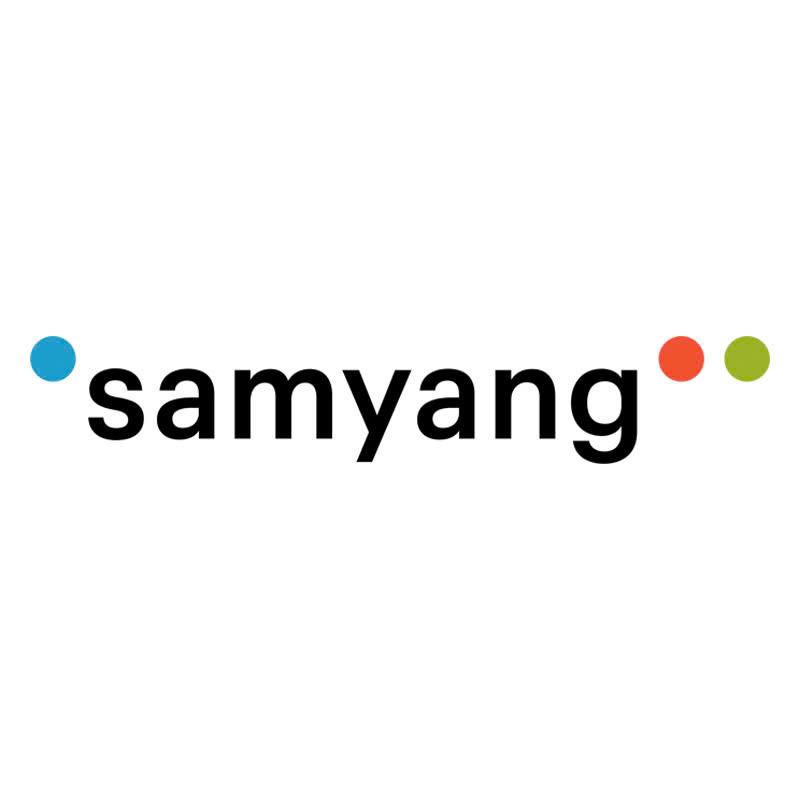
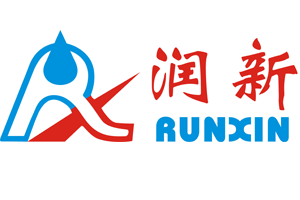

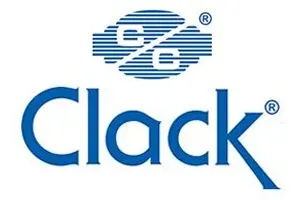
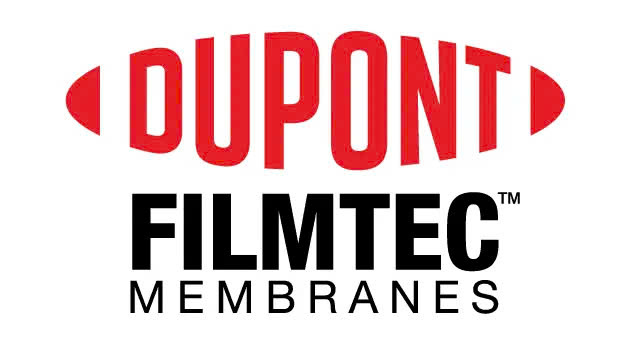
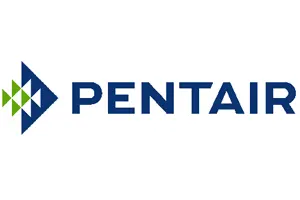
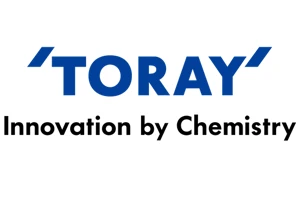

 Water Filter Columns
Water Filter Columns
 Water Filtration Membranes
Water Filtration Membranes
 Control Valves
Control Valves
 Water Filter Cartridges
Water Filter Cartridges
 Water Pumps
Water Pumps
 Water Filtration Equipment
Water Filtration Equipment
 Water Filtration Components
Water Filtration Components
 Water Filtration Materials
Water Filtration Materials
 Heat Pump Water Heaters
Heat Pump Water Heaters



 Products
Products  Solutions
Solutions  Project
Project  News
News